By Marie LeJeune and Tracy Smiles, Western Oregon University
Mentor Author: Linda Sue Park
 This week, we begin our exploration of some of our favorite authors whom we have looked to as mentors in our classrooms—authors whose work and words contribute to our teaching of reading, writing, language, and culture. Again, we draw upon the framework below for our initial selection of possible mentor authors when we embark upon such study with students. Additionally, we are currently deeply immersed in work with international issues, themes, and literature with both students and teachers in K-12 classrooms. We are now layering <a href="http://wowlit.org/blog/2011/04/04/reading-as-a-collaborative-act-a-framework-for-exploring-author-studies/#more-15955Marie’s Framework for Mentor Author Studies with a Framework for International Curriculum (Short, 2003). In addition to seeking authors who are strong mentors for student writers—we also strive to consider and include issues of personal cultural identity, cross cultural studies, the integration of international experiences and texts, and inquiry into global issues (Short, 2003).
This week, we begin our exploration of some of our favorite authors whom we have looked to as mentors in our classrooms—authors whose work and words contribute to our teaching of reading, writing, language, and culture. Again, we draw upon the framework below for our initial selection of possible mentor authors when we embark upon such study with students. Additionally, we are currently deeply immersed in work with international issues, themes, and literature with both students and teachers in K-12 classrooms. We are now layering <a href="http://wowlit.org/blog/2011/04/04/reading-as-a-collaborative-act-a-framework-for-exploring-author-studies/#more-15955Marie’s Framework for Mentor Author Studies with a Framework for International Curriculum (Short, 2003). In addition to seeking authors who are strong mentors for student writers—we also strive to consider and include issues of personal cultural identity, cross cultural studies, the integration of international experiences and texts, and inquiry into global issues (Short, 2003).
Continue reading →




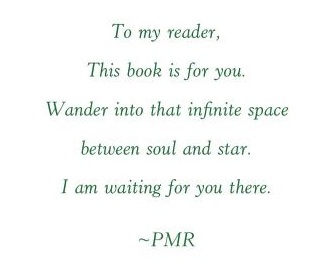
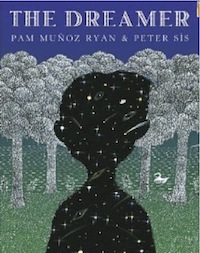
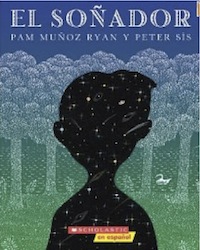

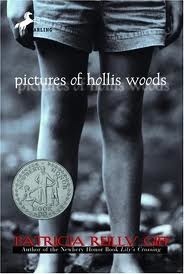
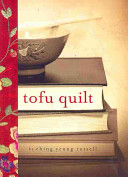 Reading books together and discussing them within a community of readers is at the heart of the process of constructing meaning and negotiating the multiple dimensions that literature has to offer. This month, the focus of my blog is in sharing the literary transactions of a community of elementary teachers, who were invited to document their interpretations to different books through engaging with multiple response strategies while exploring the use of children’s literature in the elementary classroom. Since one of my goals as a literacy educator is to bring books to people
Reading books together and discussing them within a community of readers is at the heart of the process of constructing meaning and negotiating the multiple dimensions that literature has to offer. This month, the focus of my blog is in sharing the literary transactions of a community of elementary teachers, who were invited to document their interpretations to different books through engaging with multiple response strategies while exploring the use of children’s literature in the elementary classroom. Since one of my goals as a literacy educator is to bring books to people 
 This week, we begin our exploration of some of our favorite authors whom we have looked to as mentors in our classrooms—authors whose work and words contribute to our teaching of reading, writing, language, and culture. Again, we draw upon the framework below for our initial selection of possible mentor authors when we embark upon such study with students. Additionally, we are currently deeply immersed in work with international issues, themes, and literature with both students and teachers in K-12 classrooms. We are now layering <a href="http://wowlit.org/blog/2011/04/04/reading-as-a-collaborative-act-a-framework-for-exploring-author-studies/#more-15955
This week, we begin our exploration of some of our favorite authors whom we have looked to as mentors in our classrooms—authors whose work and words contribute to our teaching of reading, writing, language, and culture. Again, we draw upon the framework below for our initial selection of possible mentor authors when we embark upon such study with students. Additionally, we are currently deeply immersed in work with international issues, themes, and literature with both students and teachers in K-12 classrooms. We are now layering <a href="http://wowlit.org/blog/2011/04/04/reading-as-a-collaborative-act-a-framework-for-exploring-author-studies/#more-15955 Many teachers are very hesitant to use graphic novels in their classroom. Much of the hesitation has to do with a personal lack of familiarity with this specific form of literature. For some, the use of graphic novels in the classroom is foreign and scary, some might not even see it as “literature,” while others are actually beginning to see the great advantage of using them to supplement student learning.
Many teachers are very hesitant to use graphic novels in their classroom. Much of the hesitation has to do with a personal lack of familiarity with this specific form of literature. For some, the use of graphic novels in the classroom is foreign and scary, some might not even see it as “literature,” while others are actually beginning to see the great advantage of using them to supplement student learning.